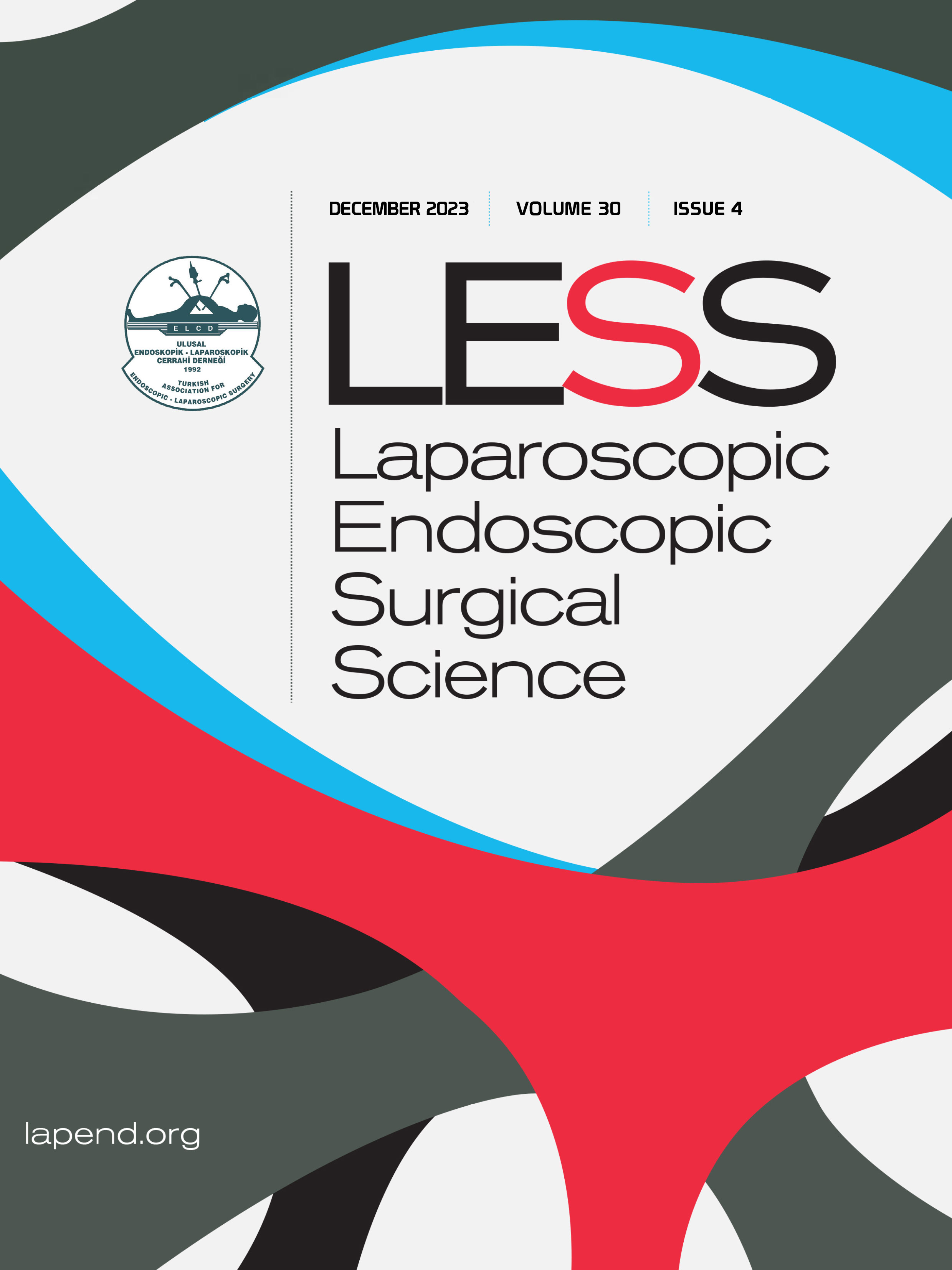Laparoscopic partial and total splenectomy in non-trauma patients
Selman UranüsDepartment of Surgery, Medical University of Graz, Auenbruggerplatz 29, Graz, AustriaINTRODUCTION: Developments in equipment and refinements in surgical technique have made minimally invasive surgery possible on parenchymatous organs, including the spleen. Due to the organs important immunological functions, organ conservation has high priority in spleen surgery, and this must be taken into consideration in laparoscopic surgery.
METHODS: For laparoscopic splenectomy and hemisplenectomy in non-trauma cases, 3 to 4 trocars are used with the patient in semilateral recumbent position. Ultrasonic scissors or Ligasure (Covidien-Medtronic, Inc., Minneapolis, MN, USA) instrument is used to dissect the vessels and mobilize the spleen. The vessels are carefully prepared and, for hemisplenectomy, dissected selectively. For splenectomy, an endostapler with a vascular cartridge is usually used to sever the hilar vessels. For partial resection, the parenchyma is also separated with same instrument. In the present study, 156 patients in a period of 14 years were operated on using this technique: There were 23 resections of the lower pole, 39 of the upper pole, 5 subtotal resections, and 89 splenectomies.
RESULTS: Laparoscopic splenectomy or hemisplenectomy was successfully completed in 152 of 156 patients. Four patients had to be converted to open technique due to intraoperative bleeding. No patient required reoperation and hospital mortality was 0. In every case of diagnostic partial resection of the spleen, it was possible to establish firm diagnosis.
DISCUSSION AND CONCLUSION: Laparoscopic operation on spleen with long axis of up to 24 cm is expedient and practicable. For spleen of normal or slightly enlarged size, laparoscopy can even be seen as the standard procedure for splenectomy. Patients with hematological disorders have greater surgical risk due to the comorbidity; it is they who receive the greatest benefit from this approach.
Corresponding Author: Selman Uranüs, Austria
Manuscript Language: English












